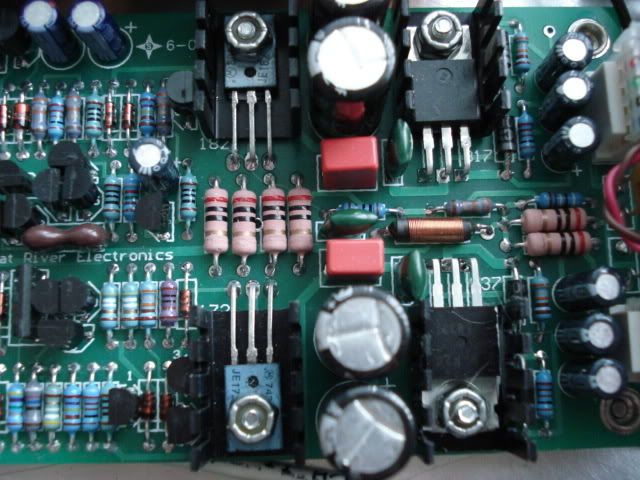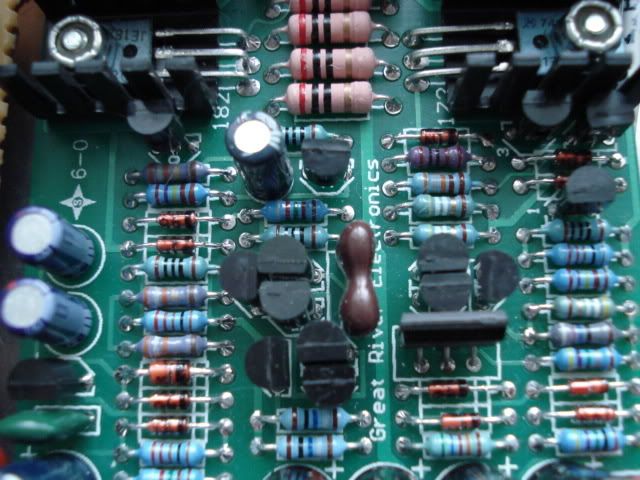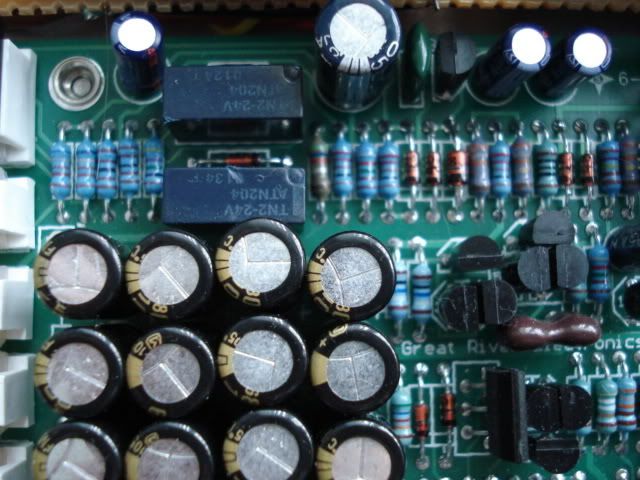J1 audio input - shielded wire connect ground by i/o connectors only . not on pcb
1 input XLR pin 1
2 input XLR pin 2
3 input XLR pin 3
Primary & secondaries , with hi/lo hot/cold +/- connect as per xfmr you are using , connect ground & shields at i/o bus bar only , NOT on pcb
J2 (using JensenJT-13K7-A)
1 white wire
2 red wire
3 brown wire
J3 (using JensenJT-13K7-A)
1 black wire
2 orange wire
3 yellow wire
Switching d.i. input , you can simply connect 2 & 3 if you don't want the 1/4" jack use two conductor shielded wire , unless it is very short
J4 (1/4" TS jack)
1 "sleeve"
2 connects to 3, unless 1/4" plug is inserted
3 connects to 2, unless 1/4" plug is inserted in which case it connects to "tip"
J5 (1X24 rotary)
1 from switch resistors
2&3 pole
One wire each for polarity & pad relays with a common ground for both ,
and then simply two wires to connect or break voltage for Phantom
[ that makes 5 right ! ?]
J6 switches
1 48v you are simply breaking the connection on / off
2 48V
3 powers phase reversal relay
4 powers pad relay
5 0V
two ouptputs for bal or unbal and their grounds , obviously there will be two connections to feed a transformer , As it is recommended that the main board ground comes from the ground bus at the i/o connectors
you don't need to use the ground on the output , or if sheilded wire ,
connect only at the i/o ground bus
J7 audio output
1 One for O/P transformer in
2 0V
3 one for unbal. out
4 0V
J8 power
1 signal to peak led driver
2 Negative supply to board [ anything over 24vdc my g.r. psu sends 33v
3 0V ground should go to i/o bus ground where chasis & psu ground meet
4 Positive supply to board [ anything over 24vdc my g.r. psu sends 33v
5 Phantom power supply , anything over 48vdc , my g.r. psu sends 66vdc
that is i believe looking at the connectors from left to right
regards Greg


